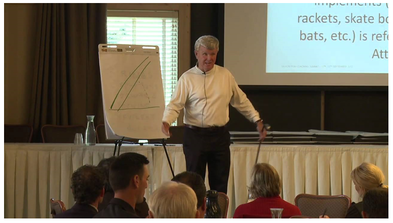 See a video of Michael discussing his learning insights at a PGA seminar below See a video of Michael discussing his learning insights at a PGA seminar below Insights into the topics of learning and teaching can be enhanced by two questions: How does one actually go from not knowing to knowing? How do lessons provided become lessons learned?... The answers to these questions are found when there is a positive response to this question; "is the approach to learning compatible with the brains information processing system?" The gateway to learning is the brain and any information delivery system should be brain compatible if it expects to be efficient. “Meaningful learning involves acknowledging the brains rules for learning.” (Caine and Caine. page 14) Why should we care about the brain? Because it runs the show. It’s the brain that recognizes options, has problem solving skills, and stores memories. While meaningful insights into the nature of learning can be counter-intuitive they are invaluable.“ "Education makes for better minds, and knowledge of the mind makes better education.” - Daniel T. Willingham Educators, parents, coaches, employees, instructors, trainers, or any individual who wants to efficiently support acts of learning anything (even golf) hopefully are using a brain compatible student centered information delivery systems. Efficient approaches to learning are trying to change poor insight, not poor habits. Individuals learn the lesson to be learned more efficiently when the nature of learning is taken into consideration before acts of learning and teaching go into motion. Play with this question: how could any approach to sharing new information expect to be effective without taking into consideration the nature of learning first? The process of learning and retaining information and skills is often over looked in favor of the interesting content found in subject matter information, or “How to” directions from a perceived expert. Unfortunately, information can be intellectually interesting, but educationally vacant. 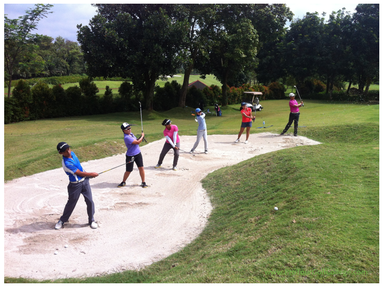 A master of anything was first a master of Learning! Play with the idea that any school, coach, parent, or employer who is trying to change poor outcomes without first enhancing learning potential, will not be as efficient as they could be. It’s only after a student’s learning potential is enhanced that their performance potential and self-confidence can improve. Advancing a potential for learning requires insights into supporting the dignity of the individual student. Enhancing such dignity improves the influence individuals will have over their own life. America was to be the land of a free and independent will, where one could accomplish their own visions. When some organized formal approaches to education started to use controlling acts of teaching, this often birthed non-thinking students who no longer felt free to explore, discover, and invent. Freedom allows individuals to invest in themselves (constructing personal knowledge), as they gain an education for use in ever-changing real world environments. This kind of education cannot be given, but it can be gained in student centered environments through the free will of using self-skills including, self-discovery and self-assessment. Freedom in all its facets preserves the very foundation upon which curiosity, observations, and learning are set. Relevant learning, meaningful progress, and long term development support the dignity of a human beings self-image, growing their self-reliance skills. This is not a new reality, but only a return to what has always existed at the core of fully experiencing what it means to be a human being, and not a human follower. 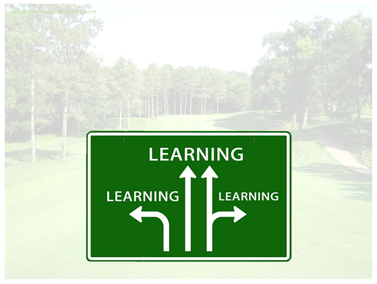 For approaches to education to become more meaningful, it seems we should begin using current findings from science about the nature of learning and change some of our traditional views about making progress. Workable learning environments are founded on student centered/teacher assisted approaches, not on “here’s my money tell me what’s wrong, then tell me what you want me to do,” approaches. Efficient approaches to education are normally caretakers of learning skill and not teachers of subjects. It’s by mobilizing and harnessing an individual’s natural resources for learning without consciously trying to learn that they can reach their potential in sports, business and all walks of life. The views given here are based on mankind’s natural gift for learning without consciously trying to learn. “Everyone is born a genius” R. Buckminster Fuller, (p. 15 The Birth of The Mind by Gary Marcus). Human beings are conceived and come into the world with the ability to instantaneously and simultaneously be a perfect self-learner and a perfect self-teacher. For example, thousands of years ago when our ancestors learned that some animals were dangerous, they learned to hide, or hunt, or stay out of harm’s way! Our brain is designed to first learn (become aware), and then teach (adjust), but many approaches to learning are trying to teach first with the hope students will then learn. This subtle difference is at the core of progress that does not last. Coaches, instructors and educators should consider learning about nature of learning, before they attempt to educate. 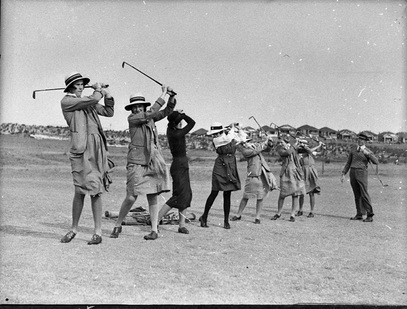 Teacher centered, content centered, non-active environments often fragment learning potential. If the brain could talk we may hear, “help me learn on my own – Me do! Me do! Please do not give me directions, then stand there and watch to see if I am doing, or not doing what you want me to do.” The best ingredients on earth for learning are curiosity, imagination, and improvisation. Let’s go back in time, to the first exchange of advice or how to direction. Was this first offer of advice requested or given without being asked for? It is my assumption that the first exchange of advice that was offered up without a request. Because of what we are learning about long-term progress, we now know that well-meaning “how to” directions can fragment learning. Self-discovery and self-assessment were the advice givers that guided the human race through its journey of development for thousands of years. Approaches to learning should help people gain an advantage they did not have. Gaining a good education is more about acquiring tools and insights that can enhance one’s ability to construct and expand our personal “know how” knowledge, then about memorizing information or following “How to” directions. The joy that goes with doing things for one’s self arrives when nature’s plan for efficient learning and the natural need to be independent are not being damaged by “outsourcing” the job of gathering information about the environment to someone else’s impressions. Someone else’s insights are a poor substitute for an education earned through self-discovery. Don’t go out for dinner; stay home when it comes to learning. "Telling has never been teaching, and listening has never been learning” Bob Barkley PGA MP. Play with the idea that when students are not learning in schools, business training, or sports instruction programs, it’s the approach to learning that needs more education, not the students. When learning, individuals must be encouraged to be their own private investigators. (“How to” directions do not offer this opportunity). Information becomes knowledge after self-discovery turns into “know how” skills beyond the classroom.  Our Intelligence In 1994, a group of fifty-two (52) respected scholars formulated a scientific consensus and defined intelligence. Their definition of intelligence is in the article “Mainstream Science On Intelligence” (published in the Wall Street Journal), is as follows: “the ability to reason, plan, solve problems, think abstractly, comprehend complex ideas, learn quickly, and learn from experience; the ability to ‘catch on’, make sense of things, and figure out what to do.” (No mention of following direction) Our brain is a malleable living organ, (not just a notebook to record information in) that can intuitively assemble proper connections, and this insight is often overlooked. Efficient approaches to learning draw individuals into acts of playful curiosity about their own questions. Efficient approaches to learning do not ask us to merely follow directions, which does not fully engage the high cortex of our brain where learning happens. Unfortunately, most of us have been ingrained with the Puritan work ethic: “If you don’t try hard, you will not succeed.” Hopefully you will come to understand that the very act of trying brings tension and rigidity. Once we understand how we learn through playing, we will stop trying. T.R.Y could stand for the mnemonic: Talking and Ridiculing Yourself when learning. Indirect Preparation “One of the most important discoveries from learning science research is that learning always takes place against a backdrop of existing knowledge.” (Past experiences are a form of indirect preparation for new learning.) The term a “transfer of learning” makes reference to how past experiences flow through new learning, allowing new information to be transferred more efficiently to different environments and long-term memory. When we are encoding new information, depending on one’s past experiences, it’s either useful or not – but it is always meaningful. Past experiences reveal our options, not the answer. By Michael Hebron, PGA MP CI 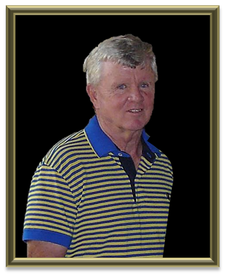 PGA Master Professional Michael Hebron PGA Master Professional Michael Hebron Decades ago Michael Hebron played a key role in orchestrating the first PGA Teaching and Coaching Seminar, bringing together instructors from across the country to share ideas on teaching methods. Following that event, Michael gained the nickname of "the teacher's teacher". Highly respected throughout the international golf community, Michael consults on golf instruction to PGA Switzerland, Italy, France, Finland, Canada, Japan and Sweden. He has given instruction clinics at 30 PGA of America sections. Through his dedication Michael earned the honored status of becoming the 24th PGA of America Master Professional. His book, See and Feel the Inside Move the Outside, was the first golf instruction book accepted as a PGA Master’s thesis. Since then, he has written hundreds of articles for leading golf magazines and authored 4 other books and 3 DVDs. Michael has appeared on The Charley Rose Show, Today Show, The Golf Channel and numerous local cable shows. Golf Magazine and Golf Digest have consistently named Hebron as a member (since their first listings) of America’s Top 50 Instructors. Over the years, Hebron has worked with many successful golfers from the PGA and LPGA tours and several national champions in America and abroad including three time men's major winners. He has also worked with many successful high school and college golfers—but Michael’s pride is working with club golfers. You can contact Michael through his website at http://www.michaelhebron.com/ or through his Facebook page at https://www.facebook.com/neurolearninggolf.live 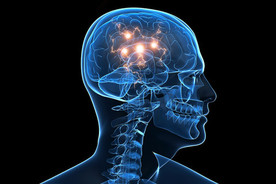 Since the 1990’s (referred to as the decade of the brain) modern science has been committed to making a positive, significant, lasting difference in the way individuals learn. Let’s play with these insights:
Keeping these insights in mind, why are more individuals in schools, taking sport instruction and business training courses not reaching their potential then those that do? This unfortunate reality has caused some research into the nature of learning and some rethinking about how student’s best learn anything, even golf. Studies show that “teaching fixing to get it right” approaches to learning are not only different from “learning developing” approaches that take place in student centered environments, they give less return on the investment of time and resources involved. Efficient learning environments develop self-reliant individuals with lifelong problem solving skills for use in real world ever changing environments beyond classrooms, practice fields, and business training. In a Teaching-Fixing to get it right environment if a student said 2 + 2 = 5, they would hear wrong! And self-image is damaged. In a Learning-Developing environment they would be asked to review how they arrived at that answer. In Teaching-Fixing environment students often say you know what I learned today, “I can’t spell,” or “I am bad at math”, or “I can’t read”, or “I have a bad golf swing.” In teaching-environment individuals have concerns before the test, or before they perform, in a learning-environment individual’s self-asset after they act. The term Teach is not used in Webster’s definitions of education or learn. Approaches to education that see themselves as being in the information business are not as efficient as those who see themselves as being in the student business. Information does not produce good education any more than paint produces good art. 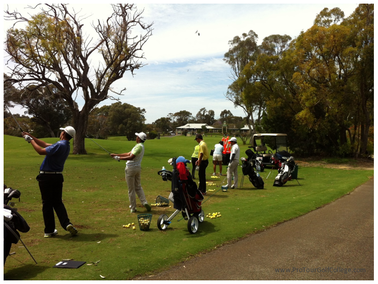 Teaching environments are often evaluating, learning environments are caretakers of learning skills. Learning environments shine a light; they don’t try to get it right. Teaching environments are often trying to manage failure, learning environments are supporting growth. I have no firsthand knowledge of how most individuals would define the terms “learning” and “teaching.” But after gathering information for over 20 years from studies by leading educators and scientists, it is now my guess that what many people believe about learning and teaching can fragment long-term progress. Are we given a good education, or do we earn and gain a good education? There is a difference, and the latter is the point of view taken here. The information that follows is trying to reconcile, rather than to contrast previous points of view about acts of learning and teaching with what modern sciences has uncovered about the nature of learning and teaching with the brain in mind, (as Eric Jensen suggests in his book with that title). The Good News: Modern science has uncovered previously unknown insights into the nature of the learning process that allows individuals to have more influence over their own pace of progress when they are learning anything, even golf. These topics I’ve been invited to speak about at Yale, M.I.T., on the Charlie Rose TV show, in School Districts and business environments. The Bad News: Most individuals are unaware of this research into how they can enhance their ability to learn. The views and research presented here put a light on the nature of learning and brain compatible learning principles. Seeing the following as filled with answers will diminish its value. This should be seen as a compass, not as a map. The point of view here is, when learning receiving accurate information is only one side of the story; an efficient student centered brain compatible approach to learning and teaching is also required. That results are founded on approaches is an insight that is so often overlooked. Efficient approaches to learning minimize the extent to which students will perceive themselves as falling behind other students. By Michael Hebron, PGA MP CI Part 2 Next Week 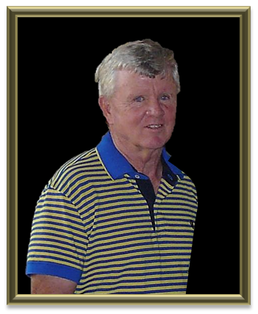 PGA Master Professional Michael Hebron PGA Master Professional Michael Hebron Decades ago Michael Hebron played a key role in orchestrating the first PGA Teaching and Coaching Seminar, bringing together instructors from across the country to share ideas on teaching methods. Following that event, Michael gained the nickname of "the teacher's teacher". Highly respected throughout the international golf community, Michael consults on golf instruction to PGA Switzerland, Italy, France, Finland, Canada, Japan and Sweden. He has given instruction clinics at 30 PGA of America sections. Through his dedication Michael earned the honored status of becoming the 24th PGA of America Master Professional. His book, See and Feel the Inside Move the Outside, was the first golf instruction book accepted as a PGA Master’s thesis. Since then, he has written hundreds of articles for leading golf magazines and authored 4 other books and 3 DVDs. Michael has appeared on The Charley Rose Show, Today Show, The Golf Channel and numerous local cable shows. Golf Magazine and Golf Digest have consistently named Hebron as a member (since their first listings) of America’s Top 50 Instructors. Over the years, Hebron has worked with many successful golfers from the PGA and LPGA tours and several national champions in America and abroad including three time men's major winners. He has also worked with many successful high school and college golfers—but Michael’s pride is working with club golfers. You can contact Michael through his website at http://www.michaelhebron.com/ or through his Facebook page at https://www.facebook.com/neurolearninggolf.live 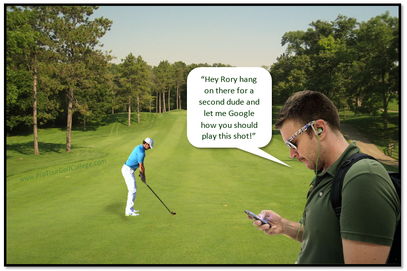 We live in a fast paced world where information is available in an instant, and the thought that we would have to wait for a result, an outcome, or even skill improvement is seen by many as completely unacceptable, especially by the younger generation brought up in the information age. In-fact many see waiting for improvement as part of a medieval belief system, an anachronism, a part of history that should remain locked away in the dark ages. So an intolerance for waiting for improvement to manifest itself is a common place mind-set for many golfers today. And since there is little to no tolerance for waiting for improvement to manifest itself, what we find is that many of the younger golfers we work with in our programs at Pro Tour Golf College don’t see the pleasure in persisting with skill development, especially when they perceive themselves to be stuck on a performance plateau. But the good news is that you can learn to gain immense pleasure from golf skill development—especially when you believe that you are stuck on a performance plateau. And the even better news is that even though you believe you are not making progress whilst on the plateau, in-fact you are. How Can You Be Stuck and Yet Still Make Progress? Now this will seem to many readers of this article as a paradox or contradiction in terms, because the very idea that you are “stuck” means that you are not progressing, that there's no growth or development of your skills... But this is simply not true, because you are always making progress even when you believe you are stuck on a plateau. And here's a very helpful way of thinking about this... Your Perceived Plateau is on a 3D Not a 2D Playing Field Learning and improvement is simply a case of perspective. So rather than thinking about learning as something that happens along a relatively straight 2 dimensional line, think of it more as different positions in space (Like chess pieces) just like the image above describes, imagine learning and growth and the required time and effort taking place in 3 dimensional space. You are at different places or locations in your learning and development on playing field and what you feel is a low point in your learning is simply a different place on the playing field to where you previously were. Now the real question you need to ask yourself is this; “how have you come to recognize or know that you aren’t making progress in your golf skill development?” What are the key indicators for you? Just because your scores or your handicap seem stagnant, or your golf skill development appears to be stuck, the simple fact is that you are almost certainly improving your skills, but your idea of how quickly you should assimilate and acquire the skill you are practicing is very different to Natures. "There are many ways of going forward, but only one way of standing still." 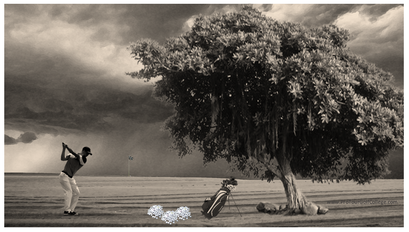 Skill development is the process of growing a skill Skill development is the process of growing a skill The Nature of Progress - You Are Growing a Skill That’s right, you are more than likely making progress, it’s just that the progress is so small as to not be recognized by you as progress. Nature plays by its own rules when it comes to learning skills, it isn't playing by yours. So what you perceive as failure to make progress, is still learning as far as Nature is concerned. Think of a newly planted tree for a moment and ask yourself what that tree needs to grow into a 50 foot tall tree. It needs certain elements to reach its potential and so do you. If you desire skill improvement and you are genuinely working on your improvement with your instructor, then understand and appreciate that you are literally growing a new version of a golf skill. You see you are in-fact acquiring a new learning experience on a physical plane. This is opposed to the way you acquire knowledge, such as having to remember an historical fact like remembering when the Magna Carta was signed (June 15th, 1215 in case you were wondering). This type of learning is vastly different to the way you learned how to brush your teeth. With skill learning, what started out as a disoriented and dysfunctional attempt at cleaning your teeth with toothpaste, became an efficient non-conscious physical movement that you can perform with your eyes closed almost the same way every time. A little bit of consistent, persistent and thoughtful effort goes a long way to developing skills that can last you a life time. Let me offer you one way of thinking about persisting with your progress along the plateau with a simple Zen story... 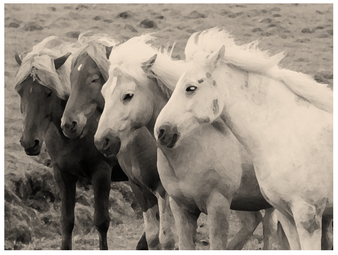 Which horse are you? Which horse are you? The Four Horses - A Zen Story “There are four kinds of horses: excellent ones, good ones, poor ones, and bad ones. The best horse will run slow and fast, right and left, at the driver’s will, before it sees the shadow of the whip; the second best will run as well as the first one, just before the whip reaches its skin; the third one will run when it feels pain on its body; the fourth will run after the pain penetrates to the marrow of its bones.” “You can imagine how difficult it is for the fourth one to learn to run.” “When we hear this story, almost all of us want to be the best horse.” If it is impossible to be the best one, we want to be the second best.” “But this is a mistake, when you learn too easily, you’re tempted not to work hard, not to penetrate to the marrow of a practice.” From Zen Mind, Beginner’s Mind by Shunryu Suzuki Roshi 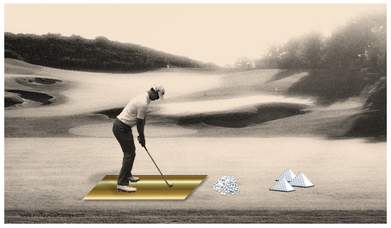 Golf practice is a transformative process Golf practice is a transformative process Persist Don't Resist Your goal should be to truly enjoy your efforts to improve your golf skills by embracing your struggle to make progress. Remember there is growth, it might be almost imperceptible to you, but it is certainly happening. See your time on the plateau as the only way to learn the right way, and that all learning is happening on a plateau. Your high's and low's are really just different places in space. Enjoy the process of transforming yourself, don’t resist the learning—persist with the learning! Remember that you are transforming yourself to be a different version of the golfer you are currently are by persisting and enjoying your journey on the plateau. It is only through persistence and determination that you can learn your new way of doing something that is important to you. Also it is also helpful to understand that there is really no other way to learn a physical skill to the level of mastery. To completely trust your golf skills in any situation you face on the golf course is the highest level of learning, and this requires the paying of a price, and this price is the constant physical work of performing thousands of repetitions. However the benefits are many, if you will just keep working towards your goal, so embrace the resistance with lots of persistence, grit and determination. And remember to keep smiling and remain upbeat on your journey to mastery. Your new golf skill is just over the hill, so don't stop now when you are so close. Lawrie Montague and David Milne - Pro Tour Golf College The Professional Golf Tour Training College |
Archives
June 2019
|
Proudly Supported By
Copyright © 2011 - 2018 Pro Tour Golf College
Website Managed By Golf Performance Media
All Rights Reserved
Website Managed By Golf Performance Media
All Rights Reserved
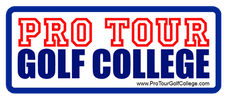
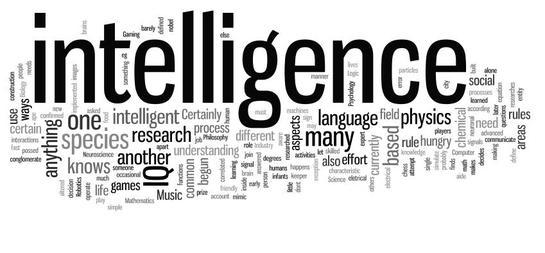
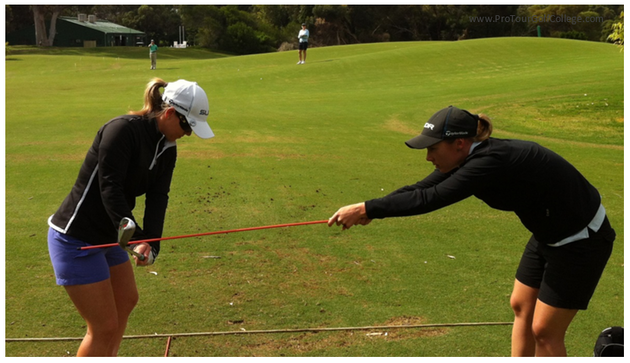
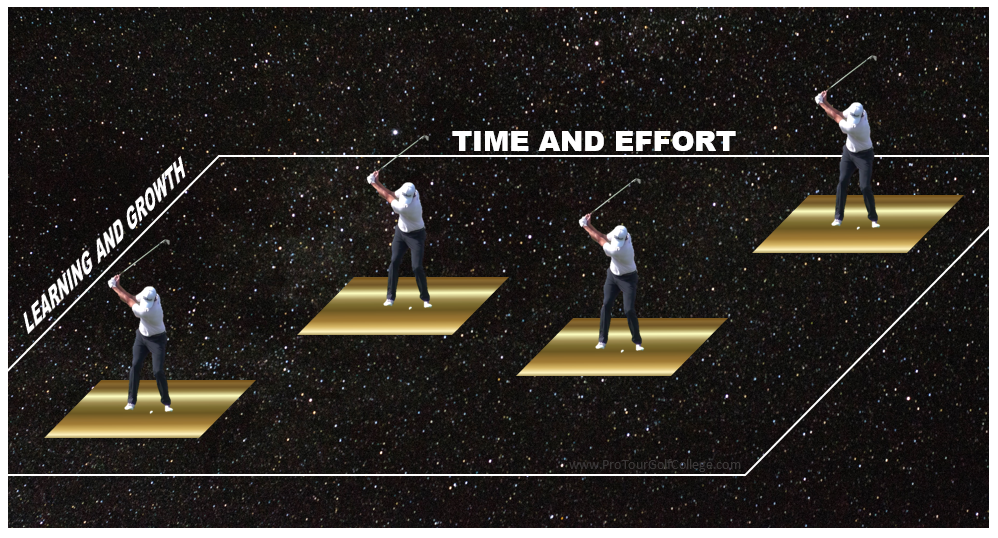
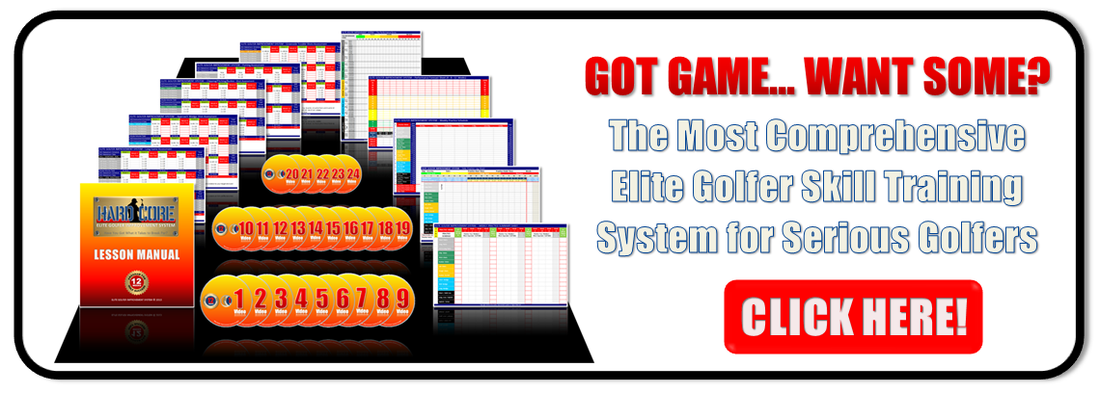
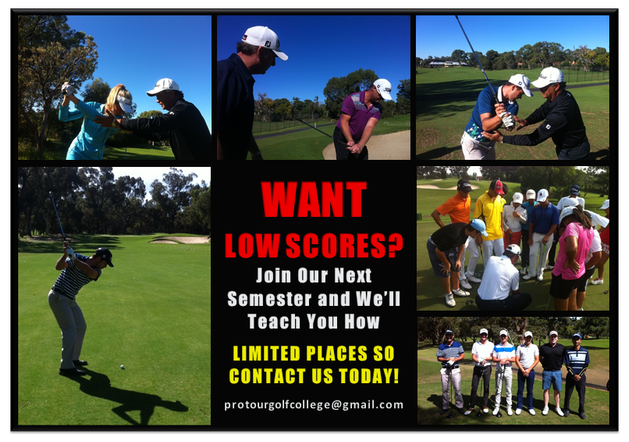
 RSS Feed
RSS Feed



